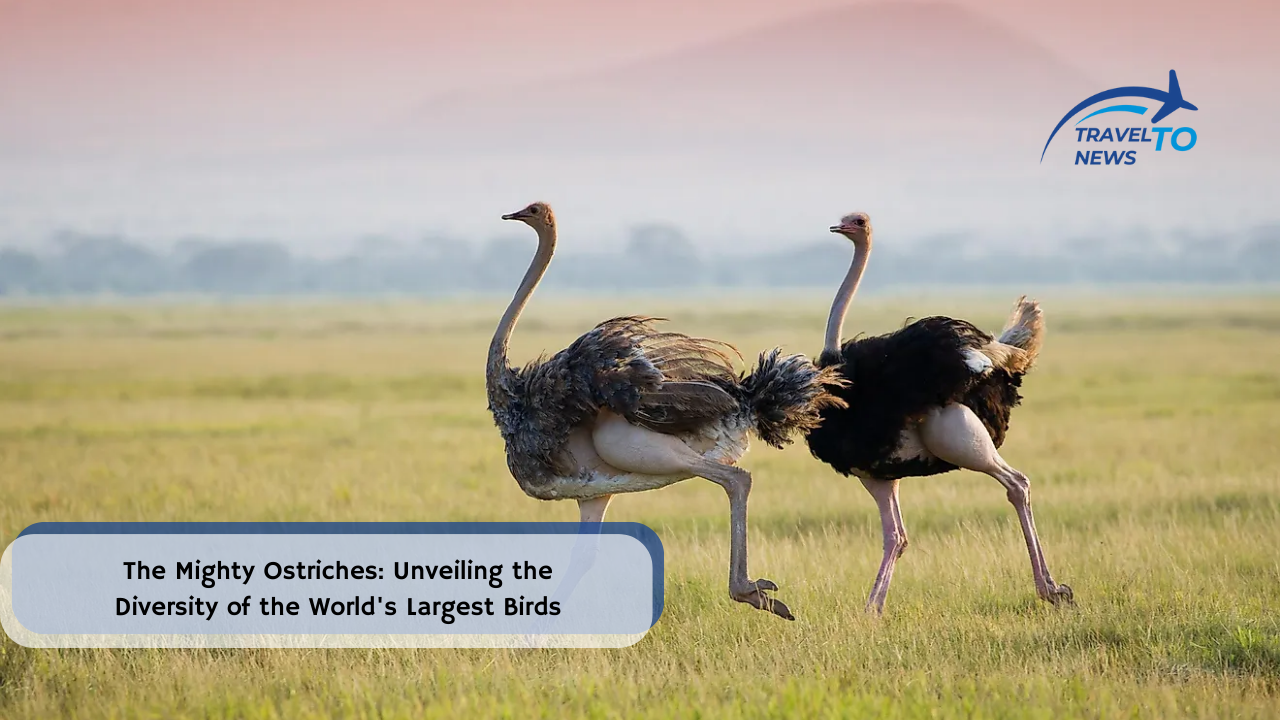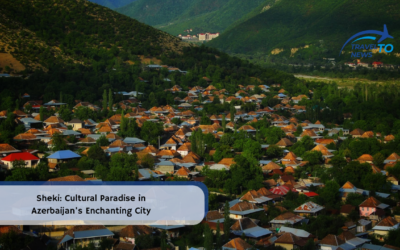The Mighty Ostriches: Unveiling the Diversity of the World’s Largest Birds

When we think of ostriches, the image of a towering flightless bird sprinting across the African savanna often fills our minds. But did you know there’s more to these feathered giants than meets the eye? While the general term “ostrich” sparks thoughts of one species, the reality is more fascinating. Let’s delve into the world of ostriches, exploring their diversity, unique adaptations, and even a remarkable veterinary story.
The Two Titans: Common and Somali Ostriches
Currently, two magnificent ostrich species grace our planet: the Common Ostrich (Struthio camelus) and the Somali Ostrich (Struthio molybdophanes). Though previously considered subspecies, genetic analysis revealed the Somali Ostrich’s distinct characteristics, earning it its own species status in 2014.
The Common Ostrich:
This champion holds the titles of largest living bird and fastest land bird, reaching speeds of up to 70 km/h! Found in grasslands and savannas across sub-Saharan Africa, they form flocks ranging from small groups to hundreds of individuals. Males sport vibrant black and white plumage, while females are grayish-brown. Interestingly, they exhibit cooperative breeding, with several females laying eggs in a communal nest.
The Somali Ostrich:
Endemic to the Horn of Africa, this slightly smaller cousin possesses greyish-blue plumage with distinctive orange-tinted legs and necks. Despite their close relationship, Somali Ostriches exhibit unique mating displays, with males inflating large, colorful throat sacs during courtship. Tragically, their populations are dwindling due to habitat loss and hunting, making them classified as Vulnerable by the IUCN.
Beyond the Big Two: A Glimpse into the Past
Sadly, history holds tales of ostrich diversity lost. The Arabian Ostrich (Struthio camelus syriacus), once roaming the Middle East, vanished in the mid-20th century due to overhunting. Fossil evidence also reveals extinct relatives like the elephant birds of Madagascar, towering creatures exceeding even the Common Ostrich in size. These remnants serve as poignant reminders of the fragility of biodiversity.
Adaptations for Survival: Built for Tough Terrain
Both ostrich species exhibit remarkable adaptations for their environment. Their powerful legs propel them across vast distances, while their keen eyesight, aided by large eyelashes, helps them spot predators from afar. Their wings, though flightless, contribute to balance and temperature regulation. Even their seemingly small brains pack a punch, allowing for complex social behavior and efficient foraging.
A Touch of Humanity: Dr. Margaret Robinson and the Dislocated Ostrich
Veterinarians play a crucial role in animal welfare, and ostriches are no exception. In 1980, Dr. Margaret Robinson, a South African veterinarian, encountered an unusual case – a Common Ostrich with a dislocated leg. Unable to find any existing literature on treating such a large bird, Dr. Robinson bravely improvised. Using her knowledge of other animals and sheer ingenuity, she fashioned a custom splint and devised a rehabilitation program. After weeks of dedication, the ostrich walked again, showcasing the extraordinary lengths veterinarians go to ensure animal well-being.
Conclusion: Celebrating Ostrich Diversity and Protecting Their Future
Understanding the diversity of ostriches goes beyond mere facts and figures. It allows us to appreciate the intricate tapestry of life on Earth and the unique adaptations species develop to thrive in different environments. The plight of the Somali Ostrich reminds us of the importance of conservation efforts to protect vulnerable species and their habitats. As we learn more about these fascinating birds, let’s remember the incredible story of Dr. Alam Zeb and his ostrich patient, highlighting the compassion and expertise dedicated to animal care. By safeguarding ostrich diversity, we ensure these magnificent creatures continue to grace our planet, showcasing the wonder and resilience of life in all its forms.











